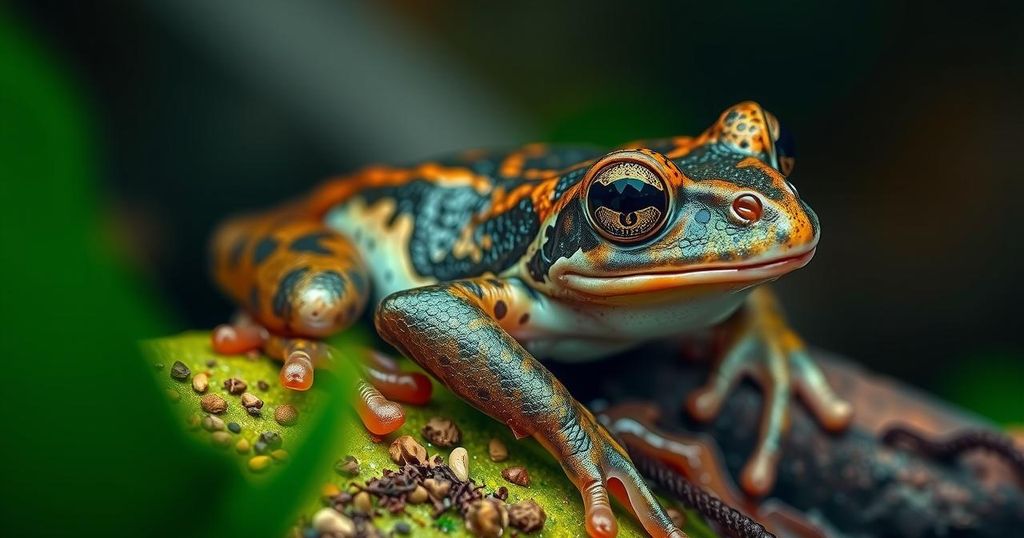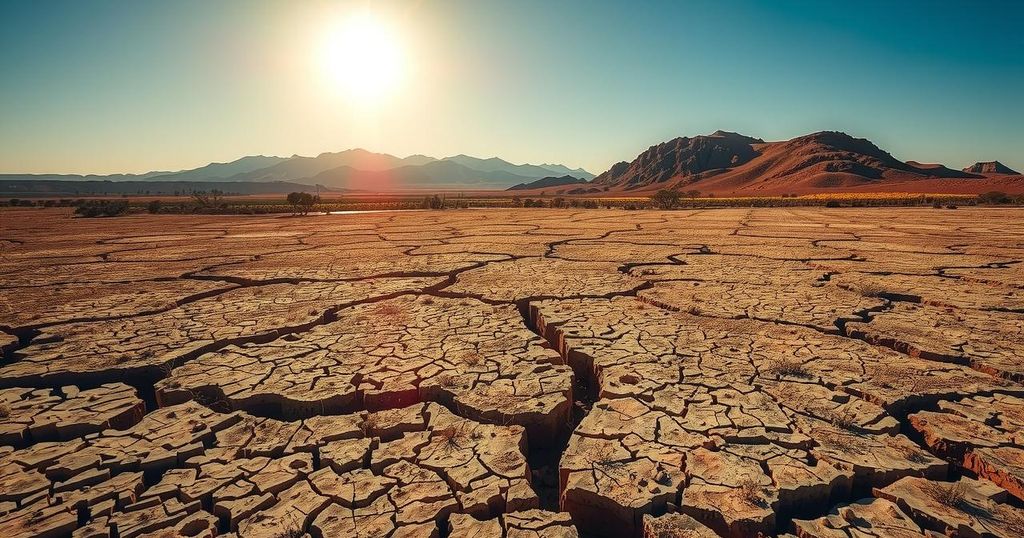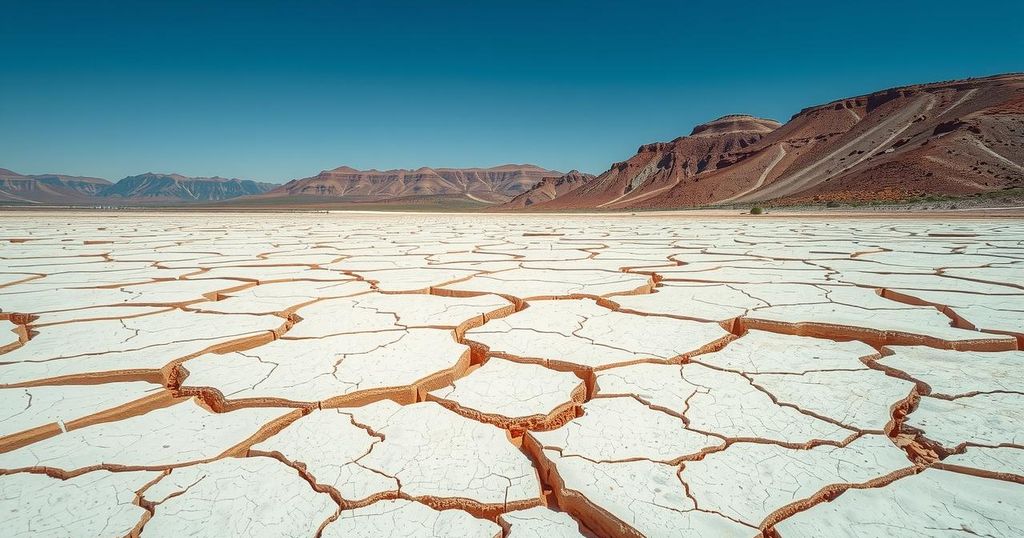Impacts of Climate Change on Frog Habitats: A Threatening Future
New research reveals that up to 33% of frog habitats could be lost this century due to climate change, with a rise in global temperatures posing significant drying risks to amphibian species. The findings highlight the critical vulnerability of these animals and the dire need for further research and conservation efforts.
Amphibian habitats are experiencing alarming declines as a result of climate change, with studies suggesting that critical frog and toad habitats could face significant drying. New research published in Nature Climate Change indicates that a rise in global temperatures to 2°C could lead to a loss of approximately 6.6% of essential habitats for these species, while an increase of 4°C might result in a staggering 33% of their habitats becoming arid. This study emphasizes the pressing need to investigate the effects of climate-induced drying, as amphibians, due to their moisture-sensitive skin, are particularly vulnerable to water loss. The paper highlights that under a high-emissions scenario, where temperatures are projected to rise by 2–4°C by 2080–2100, 36.1% of regions inhabited by frogs and toads will face heightened drought risks, predominantly affecting areas in the Americas, southern Africa, Europe, and southern Australia. These changes occur alongside previous findings that revealed 39% of amphibian species are currently on the IUCN’s Red List of Threatened Species, many experiencing worsened conservation statuses between 2004 and 2022. The authors of the study stress, “Because amphibians are particularly dependent on water, there is a critical need to understand how both temperature and extreme moisture-deficit events such as drought impact these species, given their sensitivity to water loss and their threatened status relative to other taxonomic groups.”
The effects of climate change pose a formidable threat to various species, particularly amphibians, which rely on moist environments for survival. As temperatures rise globally, the risk of habitat loss exacerbates, especially for sensitive species like frogs and toads. Understanding the interplay between climatic changes and amphibian life cycles is essential for fostering conservation efforts. The topic of study underscores the urgency to assess how projected climate scenarios may detrimentally affect these already declining populations, which have been increasingly marked by susceptibility to environmental degradation.
In conclusion, the research underscores the dire consequences of climate change on amphibian habitats, particularly frogs and toads, revealing that significant portions of their environments may become inhospitable due to increased temperatures and drought conditions. This emphasizes the urgent need for detailed studies and targeted conservation strategies to safeguard amphibian populations in a time when they are already facing escalating threats.
Original Source: cosmosmagazine.com




Post Comment